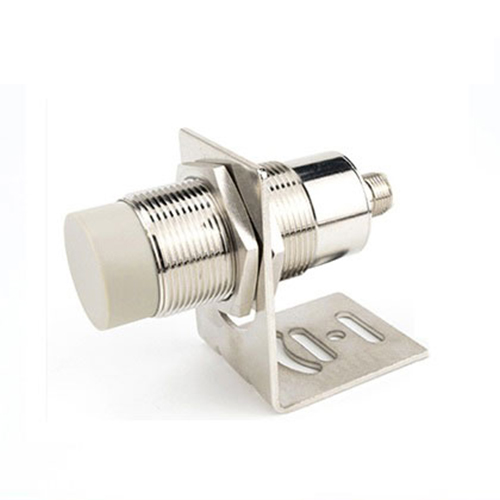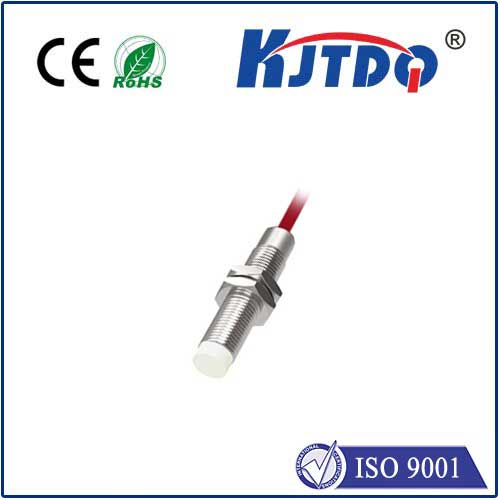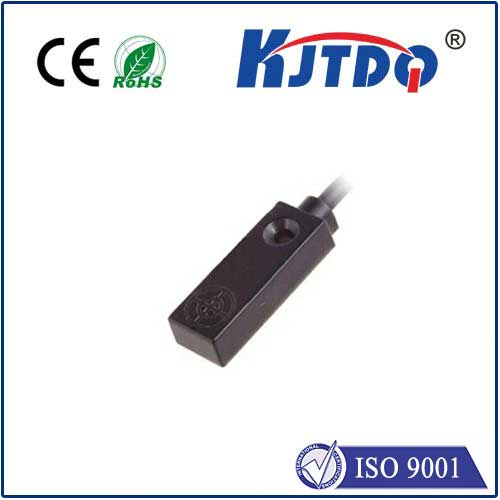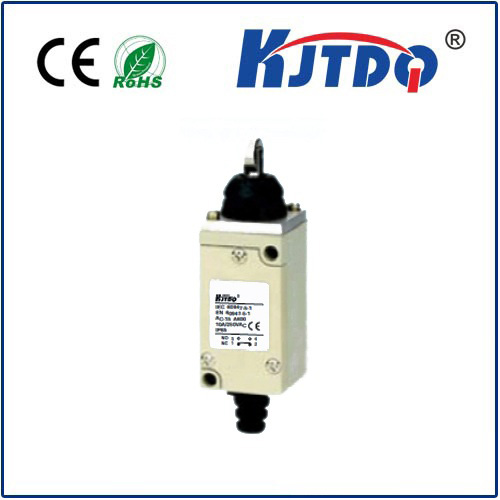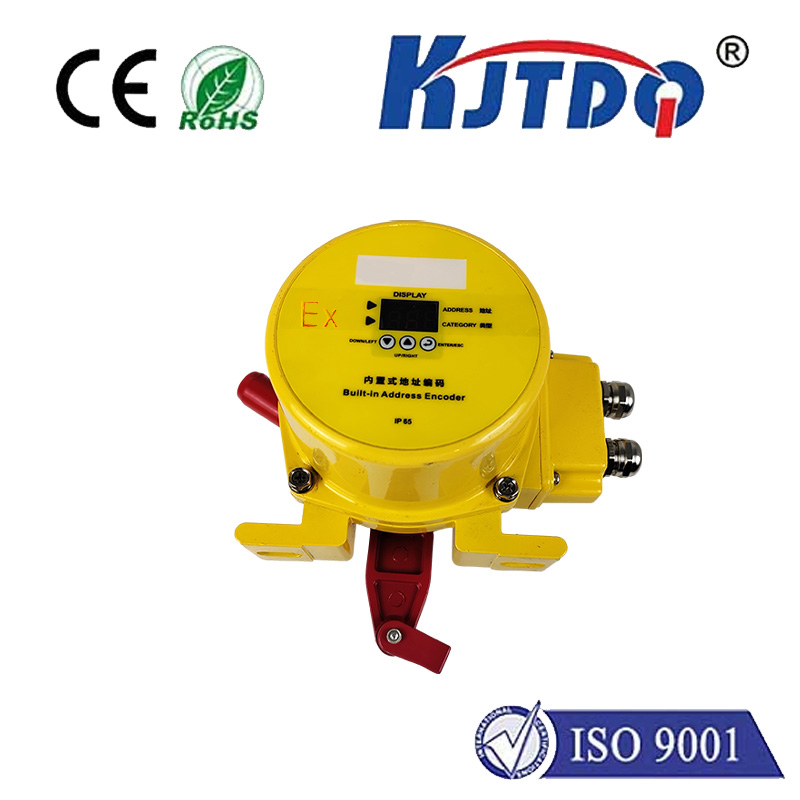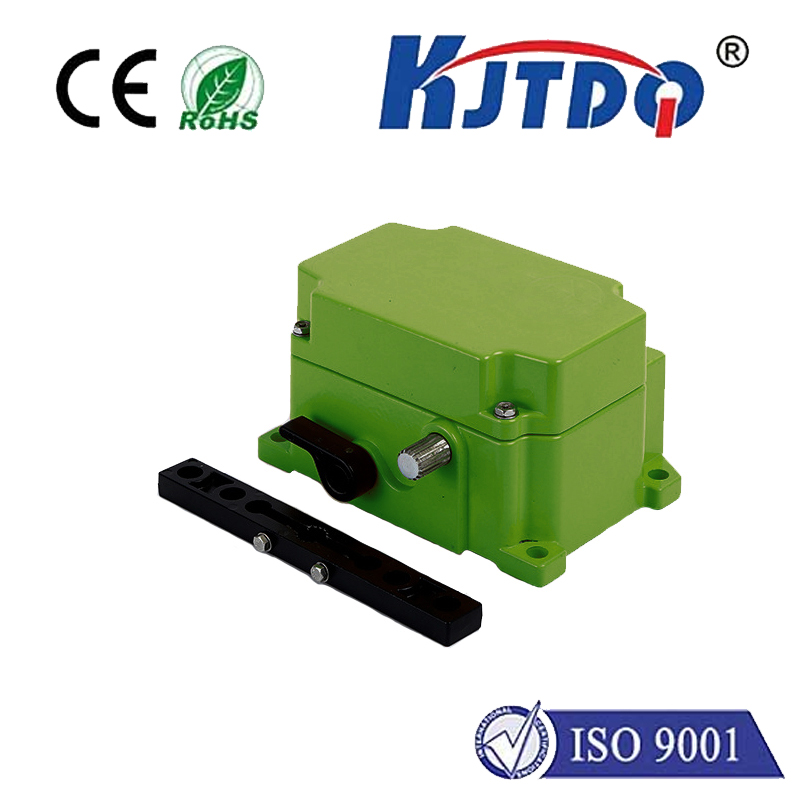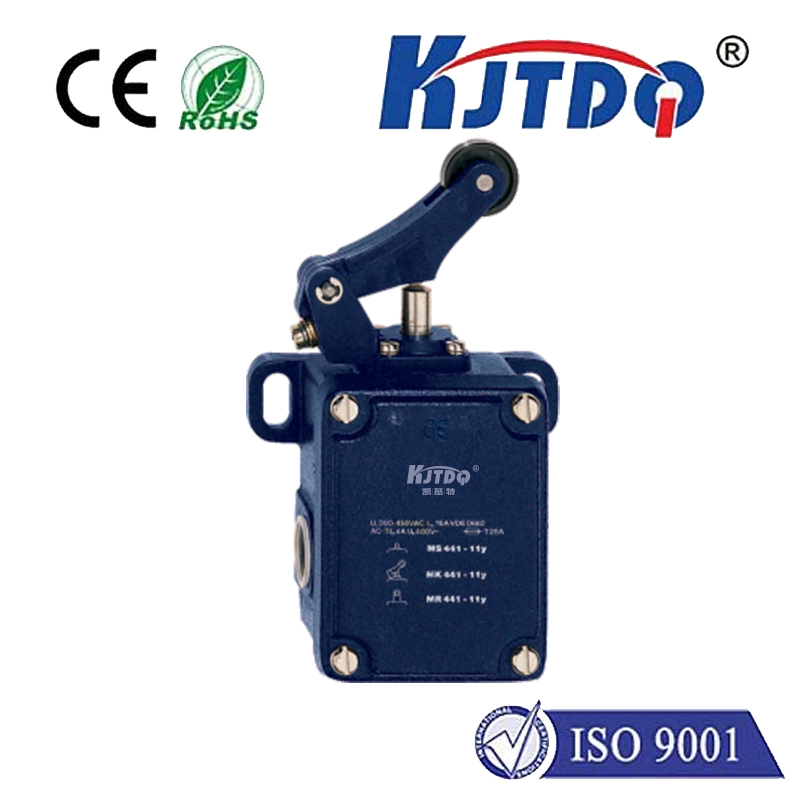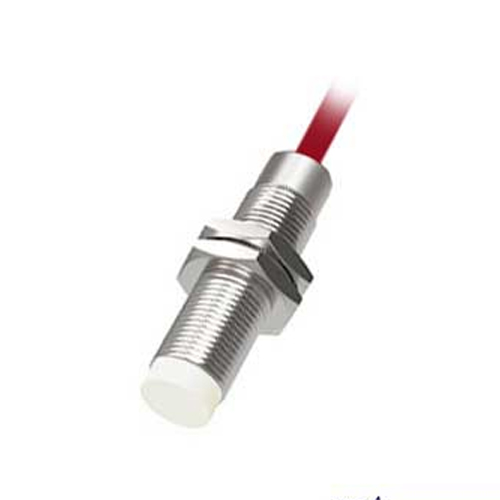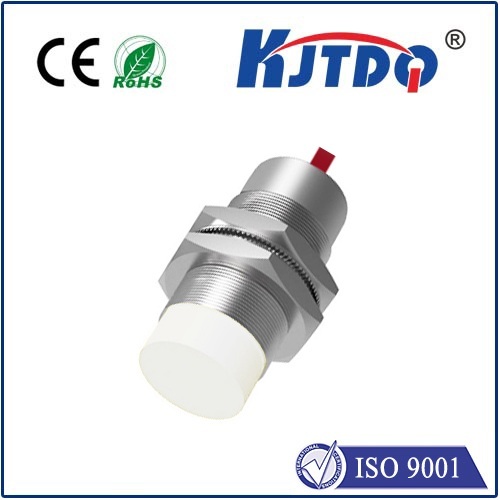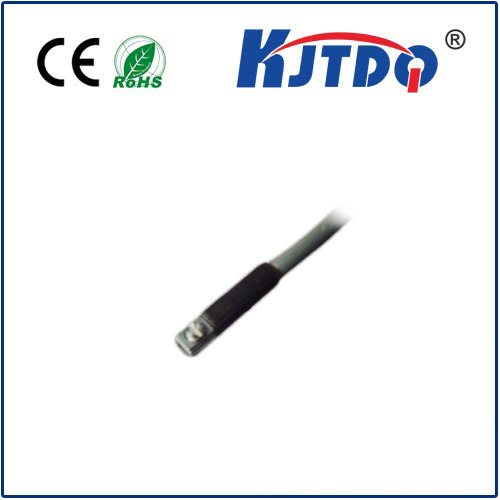inductive proximity sensor metal detector
- time:2025-07-10 01:31:16
- Click:0
Beyond Touch: How Inductive Proximity Sensors Revolutionize Metal Detection
Imagine a high-speed production line where products zip by at blinding speeds. A single piece of stray metal debris – a broken tool fragment, a loose screw – could spell disaster, causing catastrophic damage to expensive machinery or contaminating the product. How do you reliably detect such tiny metallic threats without slowing the line or risking physical contact? The answer often lies in a remarkable piece of technology: the inductive proximity sensor configured for metal detection.
While proximity sensors have many uses, their specific application for non-contact metal detection is both crucial and fascinating. This article delves into the world of inductive proximity sensor metal detectors, exploring their unique operating principle, unparalleled advantages, and diverse industrial applications that make them indispensable.
The Core Principle: Electromagnetism at Work
At the heart of every inductive proximity sensor lies a fundamental principle of electromagnetism. Here’s a breakdown of how it detects metal:

- Generating the Field: Inside the sensor face, an oscillator circuit generates a high-frequency alternating current. This current flows through a coil, creating a fluctuating electromagnetic field that radiates outward from the active sensing area.
- Eddy Currents Stir: When a metallic object enters this active electromagnetic field, something fascinating happens. The changing magnetic field induces circulating electrical currents within the conductive metal object itself. These are called eddy currents.
- Energy Shift Detected: The creation of these eddy currents consumes energy from the sensor’s oscillating field. This energy loss causes a measurable change in the characteristics of the sensor’s own oscillator circuit – typically a dampening or reduction in the oscillation amplitude.
- Signal Triggered: Sophisticated electronics within the sensor constantly monitor the oscillator’s state. When the energy loss (due to the presence of metal causing eddy currents) exceeds a predefined threshold, the sensor’s output circuitry activates. This could involve switching a solid-state output (PNP/NPN transistor) or triggering a relay, sending a clear signal: “Metal Detected!”
This entire process happens instantly and without any physical contact between the sensor and the target metal object. The range of detection depends heavily on the sensor’s design, size, and the specific type of metal involved (ferrous metals like iron and steel are generally detected at longer ranges than non-ferrous metals like aluminum or copper).
Why Choose Inductive Sensors for Metal Detection?
While other metal detection technologies exist (like capacitive sensors for non-metals or specialized metal detectors), inductive proximity sensors offer a compelling set of advantages specifically for industrial metal detection tasks:
- Robustness & Reliability: Built for harsh industrial environments, these sensors are typically encased in materials like nickel-plated brass or stainless steel. They are intrinsically resistant to dust, dirt, oil, moisture, and vibration – common challenges on the factory floor.
- High-Speed Operation: The detection principle is inherently fast, allowing these sensors to operate seamlessly on high-speed production lines, detecting small metallic objects traveling at significant velocities. Their response times are often measured in microseconds.
- Non-Contact Detection: This is their defining characteristic. No wear and tear occurs from physical contact, ensuring long operational life and eliminating friction or marking on products. It also allows detection of objects in awkward positions or confined spaces.
- Simplicity & Integration: Standard inductive proximity sensors are readily available, relatively inexpensive, and easy to install and integrate into existing control systems (PLCs, etc.) using common interfaces like DC 3-wire configurations.
- High Repeatability: They offer consistent and precise detection at their specified sensing range, ensuring reliable process control.
- Focus on Metal: Unlike capacitive sensors, they are largely insensitive to non-metallic materials like plastic, wood, paper, or liquids (unless conductive). This specificity is ideal for pure metal detection tasks.
Where Inductive Proximity Sensor Metal Detectors Shine (Applications)
The unique advantages of these sensors translate into countless practical applications across diverse industries:
- Machine Safety & Damage Prevention: Detecting metal fragments (e.g., broken drill bits, shavings) before they enter critical machinery like presses, extruders, grinders, or turbines. This is vital for preventing catastrophic damage.
- Product Purity & Quality Control: Ensuring products like food (detecting stray metal in packaging lines), pharmaceuticals, plastics, wood products, textiles, or paper are free from metallic contamination introduced during processing or packaging.
- Position & Presence Verification: Confirming the presence or correct positioning of metal components on an assembly line (e.g., verifying a nut is present, a bracket is in place, a metal lid is on).
- Object Counting: Counting metallic items as they pass by on a conveyor belt.
- End-of-Travel Detection: Verifying that a metal part has reached the end of a chute or slide.
- Automated Sorting: Triggering sorting mechanisms (like air jets or pushers) based on the presence or absence of metal tags or the metal composition itself.
- Security & Access: Integrating into simple security systems to detect metallic objects passing through a defined zone (secondary screening).
- Robotics: Providing feedback on the presence or position of grippers or metal workpieces within robotic cells.
Selecting the Right Sensor: Key Considerations
Not all inductive proximity sensors are created equal, especially for demanding metal detection tasks. Important factors include:
- Sensing Distance: Match the required detection distance. Different sensor types (shielded vs. unshielded) offer different field characteristics and mounting constraints.
- Target Metal: Ferrous metals are easiest to detect. If detecting non-ferrous metals (aluminum, brass, copper) is critical, look for sensors specifically designed for “non-ferrous metals” or “all metals,” which often use higher operating frequencies. The detection range will generally be shorter than for steel.
- Target Size: Smaller targets require sensors designed for high sensitivity or potentially placed closer to the detection path.
- Environment: Ensure the sensor’s IP rating (Ingress Protection) and housing material (e.g., stainless steel for washdown) are suitable for the operating environment (temperature, chemicals, humidity, pressure).
- Output Type & Wiring: Choose between PNP (sourcing) or NPN (sinking) DC outputs, and 2-wire AC/DC or 3-wire DC configurations based on your control system requirements.
- Speed Requirements: Verify the sensor’s response time matches the speed of the application. High-speed lines demand fast sensors.
The Unseen Guardians: Precision Where It Matters
From safeguarding million-dollar machinery from stray shrapnel to ensuring the chocolate bar you buy is free of unwanted metal, inductive proximity sensor metal detectors play a vital, often unseen role. Their blend of robust construction, non-contact operation, high reliability, and specificity to metal makes them an exceptionally efficient and cost-effective solution for a vast array of industrial metal detection challenges. They embody a perfect synergy of fundamental physics and practical engineering, providing the crucial “yes” or “no” signal that keeps processes safe, pure, and running smoothly. Their focused electromagnetic vigilance is a cornerstone of modern automated manufacturing and quality assurance.












